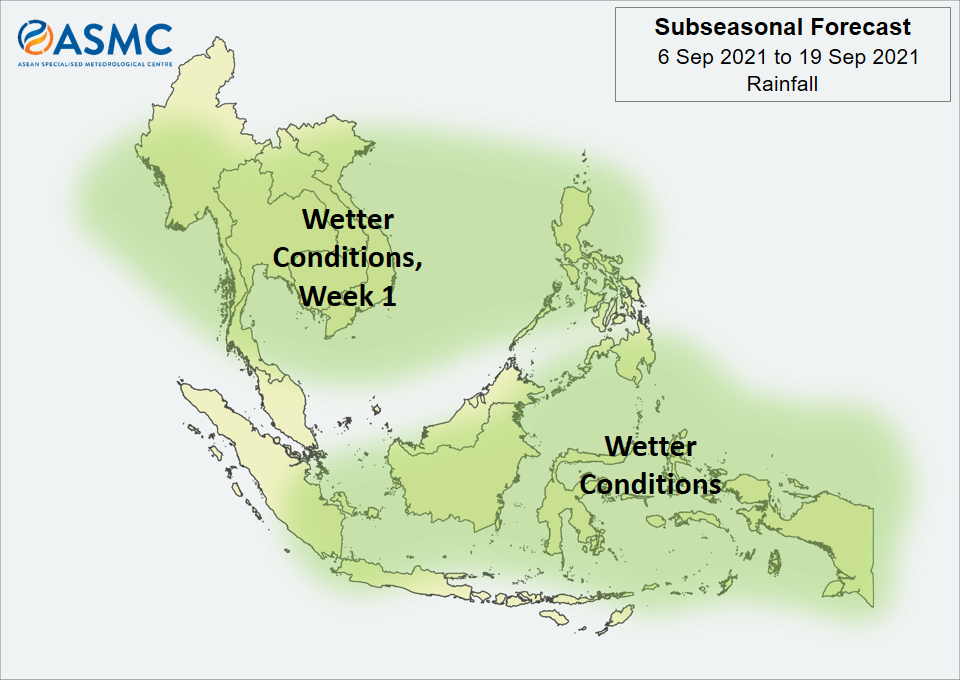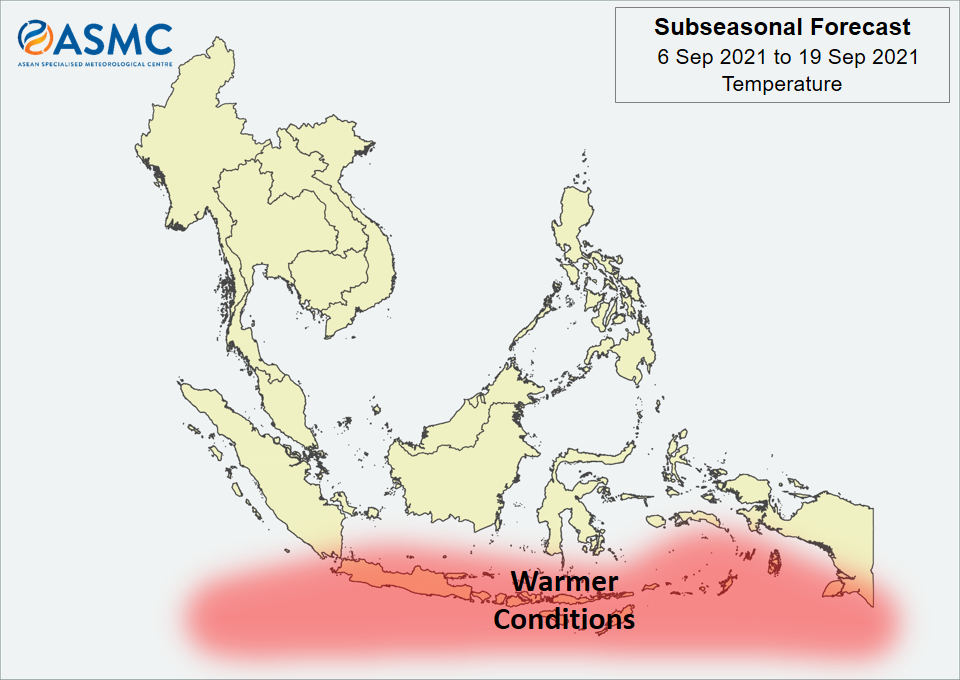Officials and community enforcers in Chengdu have issued eviction orders to a group operating under the aegis of the now-banned Early Rain Covenant Church and detained one of them in a continuing crackdown on the unofficial Protestant group.
Video footage of the incident seen by RFA showed a government official asking the group to relocate, leading to an altercation.
“Residents of the Wuhou community of the Early Rain Covenant Church have been harassed again,” a church member who asked to remain anonymous told RFA.
“A large group of people turned up claiming to be the owners and told us we weren’t welcome.”
A church member who gave the surname Li said police and officials had turned up at Jiaoda Garden residential compound in Chengdu’s Wuhou district, where several Early Rain members live as a community, on Sept. 2.
“The families of several members of the group were successively evicted by a group of people organized by the police station and the community owners’ committee,” Li said.
“They weren’t allowed to enter, and they were asked to move out of the community,” he said.
Then, police from Jinyang police station visited the homes of several church members on Friday, asking them to move out within three days.
During an altercation with police, church member Li Ying was detained at the police station for allegedly “interfering with law enforcement” and released later the same day.
“One of our brothers was negotiating with them, and was taken to the police station for questioning for obstructing law enforcement because he inquired about and asked for proof of identity from the police officers,” Li said.
“On the morning of Sept. 3, one member received a guest at their home, and then police and members of the residential community’s neighborhood committee came knocking on the door, demanding that the guest leave,” he said.
Detained, jailed
The evictions attempts come after police detained several minors and jailed two members of the Early Rain Covenant Church following a raid on a gathering in Chengdu on Aug. 22.
Meeting host Dai Zhichao and church member He Shan were sentenced to 14 days’ administrative detention, a sentence that can be handed down by a police-run committee without the need for a trial, following a Sunday raid by state security police and officials from the municipal religious affairs bureau.
On Dec. 30, 2019, the Chengdu Intermediate People’s Court jailed Early Rain pastor Wang Yi for nine years, after finding him guilty of “incitement to subvert state power” and of “running an illegal business” in a secret trial.
Wang, who founded the church, was detained by police in Sichuan’s provincial capital Chengdu on Dec. 14, 2018, alongside dozens of church members in a raid that prompted an international outcry.
Some Early Rain Covenant Church members who were detained in raids on Dec. 9 and 10, 2018, and later released said the police had beaten them, and one detainee described being tied to a chair and deprived of water and food for 24 hours, rights groups reported at the time.
The ruling Chinese Communist Party (CCP) under general secretary Xi Jinping regards Christianity as a dangerous foreign import, with party documents warning against the “infiltration of Western hostile forces” in the form of religion.
The party, which embraces atheism, exercises tight controls over any form of religious practice among its citizens.
State security police and religious affairs bureau officials frequently raid unofficial “house churches” that aren’t members of the CCP-backed Three-Self Patriotic Association, although member churches have also been targeted at times.
China is home to an estimated 68 million Protestants, of whom 23 million worship in state-affiliated churches under the aegis of the Three-Self Patriotic Association, and some nine million Catholics, the majority of whom are in state-sponsored organizations.
Translated and edited by Luisetta Mudie.







